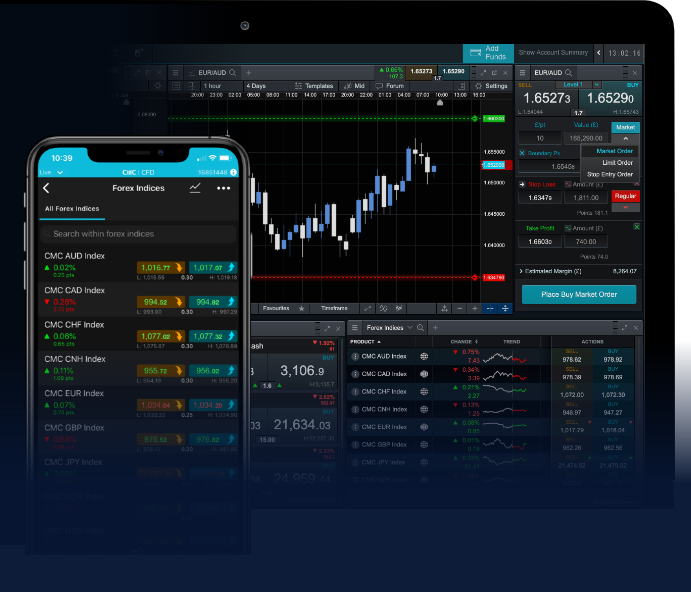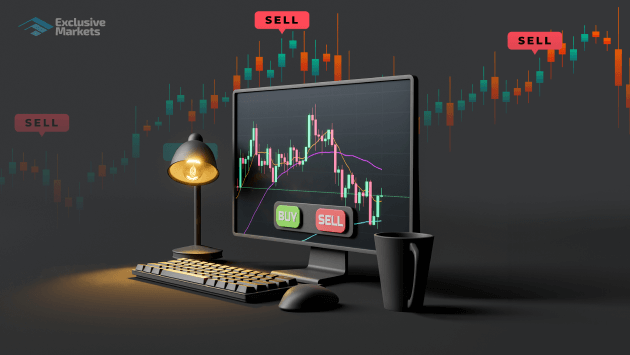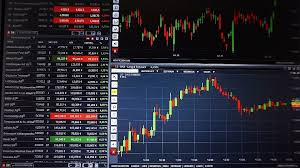
What is Forex Trading?
Forex trading, short for foreign exchange trading, is the process of buying and selling currencies in the foreign exchange market. It is the largest financial market in the world, with a daily trading volume exceeding $6 trillion. Forex trading involves speculating on the value of one currency against another, which can be influenced by various factors such as economic indicators, geopolitical events, and market sentiment. To learn more about forex trading, visit what is forex trading https://acev.io/.
The Basics of Forex Trading
The Forex market operates 24 hours a day, five days a week, and is open for trading from Sunday evening until Friday evening. This continuous trading cycle allows for the opportunity to trade currencies from different time zones around the world. Currency pairs are the foundation of forex trading, where one currency is quoted against another. For example, the EUR/USD pair represents the exchange rate between the euro and the U.S. dollar.
How Forex Trading Works
Forex trading works through the use of a broker, who acts as an intermediary between retail traders and the market. When a trader wants to buy or sell a currency pair, they place an order through their trading platform. The broker then executes this order at the best available market price. Traders can profit from changes in currency prices by leveraging their positions, allowing them to control larger amounts of currency with a smaller initial investment.
Key Terminology in Forex Trading
To understand Forex trading better, it’s essential to be familiar with some key terms:

- Currency Pair: The value of one currency in relation to another. For example, in the EUR/USD pair, the euro is the base currency and the U.S. dollar is the quote currency.
- Pip: The smallest price move that a given exchange rate can make based on market convention. In most currency pairs, a pip is typically 0.0001.
- Spread: The difference between the bid price (the price at which you can sell) and the ask price (the price at which you can buy) of a currency pair.
- Leverage: A tool that allows traders to control a larger position than their initial investment. It can amplify both potential gains and potential losses.
- Margin: The minimum amount of capital required to open and maintain a leveraged position.
Types of Forex Trading
Forex trading can be categorized into several types based on the trading style and the duration of trades:
- Day Trading: Day traders buy and sell currencies within a single trading day, closing all positions by the end of the trading session.
- Swing Trading: Swing traders hold positions for several days or weeks, aiming to profit from price swings.
- Scalping: Scalpers make numerous trades throughout the day, seeking small profits from minimal price changes.
- Position Trading: Position traders hold trades for an extended period, often weeks or months, based on long-term trends.
Factors Influencing Forex Prices
Several factors influence currency prices in the Forex market:
- Economic Indicators: Reports on GDP, unemployment, retail sales, and inflation can impact currency value. For instance, strong economic performance typically strengthens a country’s currency.
- Interest Rates: Central banks influence currency value by setting interest rates. Higher interest rates typically attract more foreign capital, boosting the currency’s value.
- Geopolitical Events: Political stability, elections, and international relations can significantly affect trader sentiment and currency prices.
- Market Sentiment: Traders’ perceptions of a currency’s future performance can lead to fluctuations in demand and supply.
How to Start Forex Trading

For those interested in beginning their Forex trading journey, here are some essential steps:
- Choose a Reliable Broker: Research and select a broker that fits your trading needs and offers a user-friendly platform.
- Open a Trading Account: Fill in the necessary forms and provide identification documents to set up your trading account.
- Fund Your Account: Deposit the initial amount to give you capital to trade.
- Develop a Trading Strategy: Create a plan that includes your trading goals, risk management, and methods.
- Practice on a Demo Account: Utilize a demo account to practice trading without risk before committing real money.
- Start Trading: Once confident, begin trading with real funds, starting small and gradually increasing your investment as you gain experience.
Strategies for Successful Forex Trading
To succeed in Forex trading, consider the following strategies:
- Technical Analysis: Use charts and indicators to analyze price movements and identify trends.
- Fundamental Analysis: Stay informed about economic news and events that could impact currency prices.
- Risk Management: Implement risk management techniques, such as setting stop-loss orders to limit potential losses.
- Diversification: Avoid putting all your capital into one trade; spread your investments to mitigate risk.
Risks Associated with Forex Trading
While Forex trading offers significant opportunities, it also involves risks. Lack of experience, market volatility, and emotional trading can lead to unexpected losses. It is vital to understand the risks and manage them effectively to protect your investment.
Conclusion
Forex trading can be an exciting and profitable venture, but it requires knowledge, discipline, and a sound strategy. By understanding the fundamentals of the Forex market and applying effective trading strategies, individuals can navigate this dynamic financial landscape successfully. Whether you’re a beginner or an experienced trader, continuous learning and adaptation to market changes are crucial for success in Forex trading.
